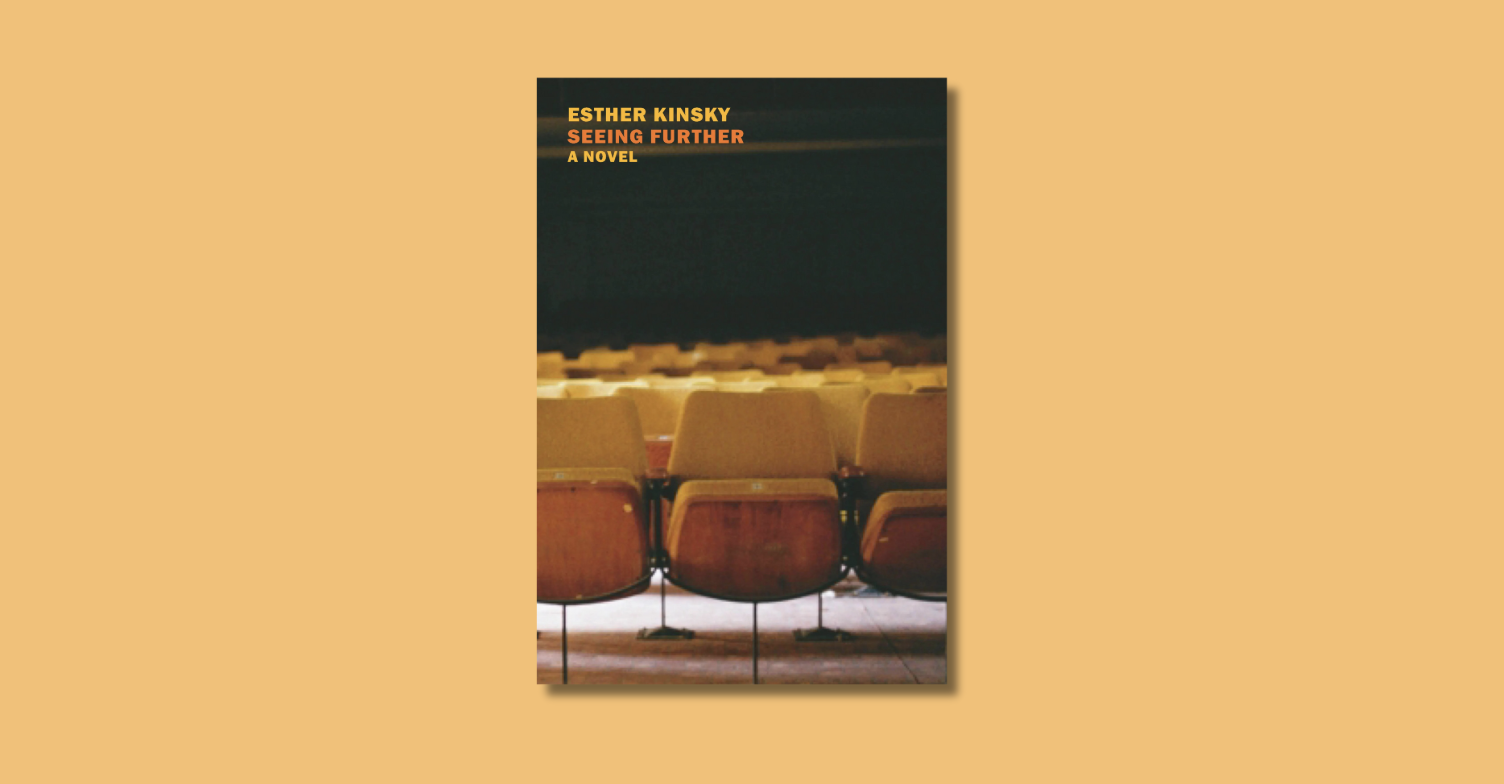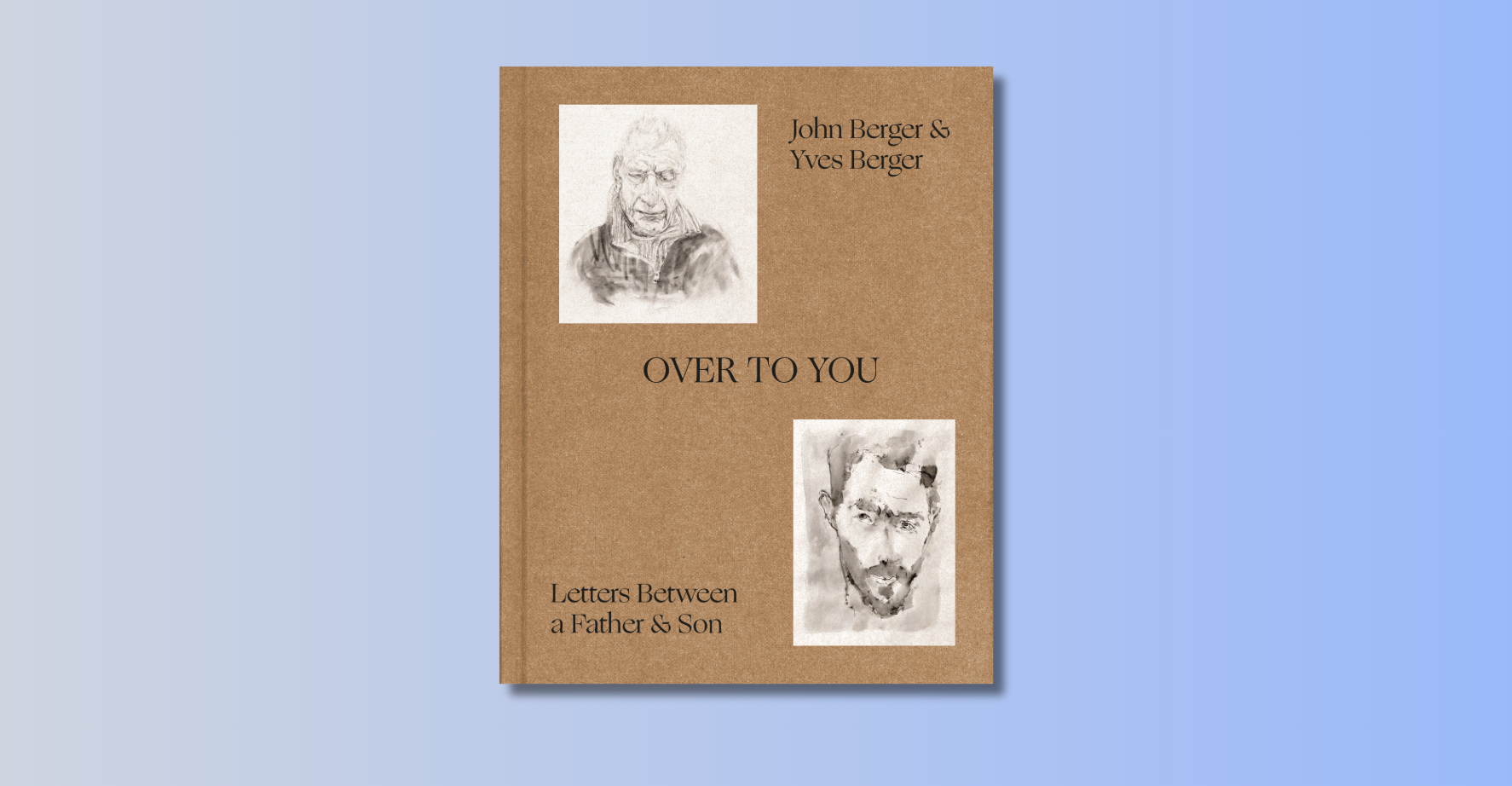R.L. Stine’s horror adventures for kids, Goosebumps, are apparently the second best selling book series in history, right behind the exploits of the world’s most famous wizard.
As a lifelong Goosebumps fan, I find this endlessly puzzling.
It is not like I am alone in my adoration. Stine has his share of devotees. Goosebumps recently got a movie and will soon get a second one. The first film, starring Jack Black as a cursed RL Stine, is exactly the gooey mashup of random monsters, dorky characters, and screwball humor Goosebumps fans find palatable—or are compelled to appreciate after reading too many Goosebumps early on.
… And yet.
Compare the state of the Goosebumps fandom to their main commercial rival, Harry Potter, its ending lines inked on countless forearms all the world over, its jewelry hanging from the necks and wrists of not a few respectable adults I know. Harry Potter has turned England into the kind of theme park that would make Jean Baudrillard, with his Disneyan America, break into heavy breathing. People cue at King’s Cross to take pictures as they cross to Platform 9 ¾. Shops all over Oxford sell Gryffindor hoodies and full-size Hogwarts banners. Hell—J.K. Rowling has a double West End show that is honestly overpriced, especially considering every child in England is going to sonic-attack their parents and go on hunger strikes until they are sedated or brought to the play.
Goosebumps merchandise does exist, but it is, unfailingly, kid’s stuff, phosphorescent plastic monsters and lunch boxes, mostly originating in the forgotten folds of the 1990s.
Let me put it this way: would anyone spend somewhere between $110 and $350 to see a double Goosebumps show on Broadway? The idea is ridiculous (although I would do it).
C.S. Lewis famously said that “a children’s story that can only be enjoyed by children is not a good children’s story in the slightest.” I respectfully disagree. It seems to me that the children’s books that struck me the most as a kid were precisely those I don’t get as an adult.
No matter how hard one tries, childhood is bound to remain inaccessible, except in glimpses, bouts of genuine nostalgia, the occasional moment of awe. As such, to really reread the Goosebumps books past 13 you need to be the kind of adult who is comfortable playing with Legos—and even then, chances are you’ll feel as if you’re playing with your old toys. Some will be beautiful, some will be crap toxic plastic, but the magic you had endowed them with and the tales you had inscribed in them will be forever gone. They are never coming back. Reader beware indeed.

 But it seems to me that my extensive experience with Goosebumps between the age of eight and 13 taught me many of the lessons I still hold dear when approaching literature of all kinds, and dare I say it, while living the rest of my life too. I was recently bored by HBO’s Westworld, whose entire plot and major twists—minus the constant philosophical essay-fodder—is condensed in the 100 pages of A Shocker on Shock Street. I have never met an unreliable narrator able to trick me for long, not since I accompanied Billy throughout Welcome to Camp Nightmare only to find out he was an alien all along. So here, then, is an apologia for R.L. Stine’s work, in the form of a list of lessons I learned reading Goosebumps.
But it seems to me that my extensive experience with Goosebumps between the age of eight and 13 taught me many of the lessons I still hold dear when approaching literature of all kinds, and dare I say it, while living the rest of my life too. I was recently bored by HBO’s Westworld, whose entire plot and major twists—minus the constant philosophical essay-fodder—is condensed in the 100 pages of A Shocker on Shock Street. I have never met an unreliable narrator able to trick me for long, not since I accompanied Billy throughout Welcome to Camp Nightmare only to find out he was an alien all along. So here, then, is an apologia for R.L. Stine’s work, in the form of a list of lessons I learned reading Goosebumps.
1. No One Cares
 David Foster Wallace’s Infinite Jest weaves an elaborate reflection on the dangers of solipsism and self-absorption. On how we are unable to talk meaningfully about vast horrors—depression, werewolves—because our interlocutors, being human, will be too focused on their own inner lives, and on their own personal horrors, to fully open up and listen.
David Foster Wallace’s Infinite Jest weaves an elaborate reflection on the dangers of solipsism and self-absorption. On how we are unable to talk meaningfully about vast horrors—depression, werewolves—because our interlocutors, being human, will be too focused on their own inner lives, and on their own personal horrors, to fully open up and listen.
You find plenty of that all over Goosebumps. Even the most basic message—mom, there is a monster in the kitchen, could you come into the kitchen to see the monster that is in the kitchen?—is nigh impossible to deliver. You stutter or don’t make sense; people are too troubled to listen; they have their own personal miseries to think about, their prize-winning gardens and creaky kitchen cabinets turned into all-consuming worries.
This, incidentally, is a rare instance of a Goosebumps theme that speaks to you louder as an adult, once you have had the chance to mumble your way through a couple of job interviews, declarations of love, coffees with high school friends who won’t stop looking at their phones, and you know how hard it is to say the simplest things.
2. The Greatest Horrors Are Small-Scale
Like most kids, when I was little I was convinced my hometown was the center of the universe. A walk to the city center was not something undertaken lightly. Trips to the countryside or to gargantuan Milano had the overtones of quests. My school was a castle, its unexplored corridors holding potential mazes and monsters.
In time, this conviction crumbled away, but when it was there it was made all the more stronger by being instinctive, and unquestioned. It is one of the genius features of Stine’s Goosebumps that its horrors are often very limited, confined. The local librarian turns into a monster at night. Something wicked lives in my basement. The bullies at my school have a terrible secret.
 When all of your world is confined to your town or neighborhood, the idea that even a small corner of it is given up to the unknown is terrifying beyond belief. And the fact that these dangers are local and observable rather than absolute and invincible makes it all the more hideous when everyone fails—again—to care.
When all of your world is confined to your town or neighborhood, the idea that even a small corner of it is given up to the unknown is terrifying beyond belief. And the fact that these dangers are local and observable rather than absolute and invincible makes it all the more hideous when everyone fails—again—to care.
This, by the way, is one of the key points of Stephen King’s It—spiritual godfather of all Goosebumps books.
3. Assumptions Will Get You Nowhere
 On a basic level, this teaches you not to trust the surprisingly nice girl you met at Summer camp. Sure, it has something to do with the basics of narrative suspense: the old man living in the swamp who everyone says is a werewolf is clearly not going to be the werewolf that’s killing all those deer.
On a basic level, this teaches you not to trust the surprisingly nice girl you met at Summer camp. Sure, it has something to do with the basics of narrative suspense: the old man living in the swamp who everyone says is a werewolf is clearly not going to be the werewolf that’s killing all those deer.
Beyond this, Goosebumps—like much horror literature—are a crash course in suspended judgment and unreliable narrators. They teach you that the supposed All-American kid telling you her life story may well be an alien, a monster, a ghost, or a dog. In doubt, question what you’re being told. Use your head. Keep that in mind when you pick up Pale Fire.
4. Adulthood Is a Scam
 Michael Chabon‘s essay “Faking It”—from Manhood for Amateurs—confirmed a suspicion I have harbored all my life: that being a father and adult who knows how to fix furniture, handle emergencies, and ensure the safety of the entire household, is mostly a matter of pose.
Michael Chabon‘s essay “Faking It”—from Manhood for Amateurs—confirmed a suspicion I have harbored all my life: that being a father and adult who knows how to fix furniture, handle emergencies, and ensure the safety of the entire household, is mostly a matter of pose.
This suspicion was first instilled in me by Stine. Adults in Goosebumps, where not evil, are unfailingly hopeless. The series unfailingly resonates with anyone who was picked on by a teacher (justly or unjustly is besides the point) only to be ignored by their parents.
Adults invest so much belief in this scam they call adulthood that, in order to stop the International Children Revolution, they will occasionally side with the evil piano teacher who’s going to murder little Jerry, rather than acknowledge he may be on to something.
5. It’s Okay to Be Bad
It’s actually okay to be full-fledged Evil. If you are going to grow fangs in a few years and eat people, listen: you do you. People will call you a monster, but you know what? If you accept what you are, chances are you’ll be alright. Monsters are always happy at the end of Goosebumps books; it’s the people who obsess over normality that end up miserable.
6. Be Careful What You Wish For
 As in the classic Goosebumps book, Be Careful What You Wish For. Children’s longings can reach unbearable magnitude. I really want that game; I will burst into flames and die if I have to wait the 10 full days that separate me from Christmas.
As in the classic Goosebumps book, Be Careful What You Wish For. Children’s longings can reach unbearable magnitude. I really want that game; I will burst into flames and die if I have to wait the 10 full days that separate me from Christmas.
But longings are bizarre things, liable to bite you on the ass. You wanted to be a stage magician? Now you’ll see the stages of the whole world…as a white rabbit. You wanted to go to sleep in that bizarre bed in your home’s attic (admittedly not the most enlightened incipit in the series)? Expect bad shit.
7. Life Is a Game Where You Don’t Know the Rules
And it’s not one of those progressive modern board games where the point is to have a lovely time and bond. The point is to manage your resources, outsmart your opponents, and win. It will happen that you don’t get the rules. It is going to be humiliating, and to harm you.
 The more straightforward staging of this theme occurs in The Beast from the East, where the main characters are literally caught in a game played by blue monsters whose rules are way past their grasp. The loser gets eaten.
The more straightforward staging of this theme occurs in The Beast from the East, where the main characters are literally caught in a game played by blue monsters whose rules are way past their grasp. The loser gets eaten.
A subtler, more useful variant can be found in all the Goosebumps—and there’s many—where characters have to navigate a new environment, like a school or neighborhood. You won’t understand why everyone is so scared of the cave out of town. No one’s sure what’s the deal with the director of this Summer camp. But be assured that you need to figure that out, and quick.
What Goosebumps do not tell you is that what in grade school may look like a temporary situation—so I don’t get why some things have to be the way they are because I am a kid!—never really stops. The age of 30, once a bit of anecdotal nonsense, is starting to loom on my horizon like a terribly certainty. I still haven’t found life’s rules manual.
8. Two Final Maxims
It doesn’t matter if things seem to work out and everything seems to make sense. It doesn’t matter if you are happy, serene, satisfied. Something horrible is going to happen to you.
Also: not only do monsters exist, not only are they literally everywhere, but if you think about it a while, you may realize you are one of them yourself.









